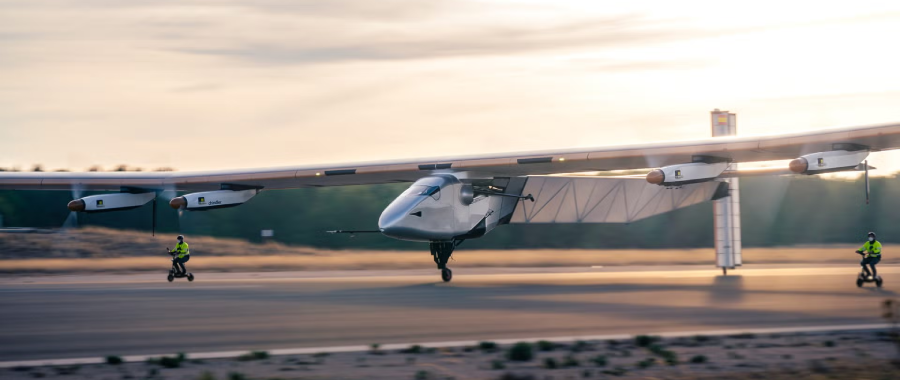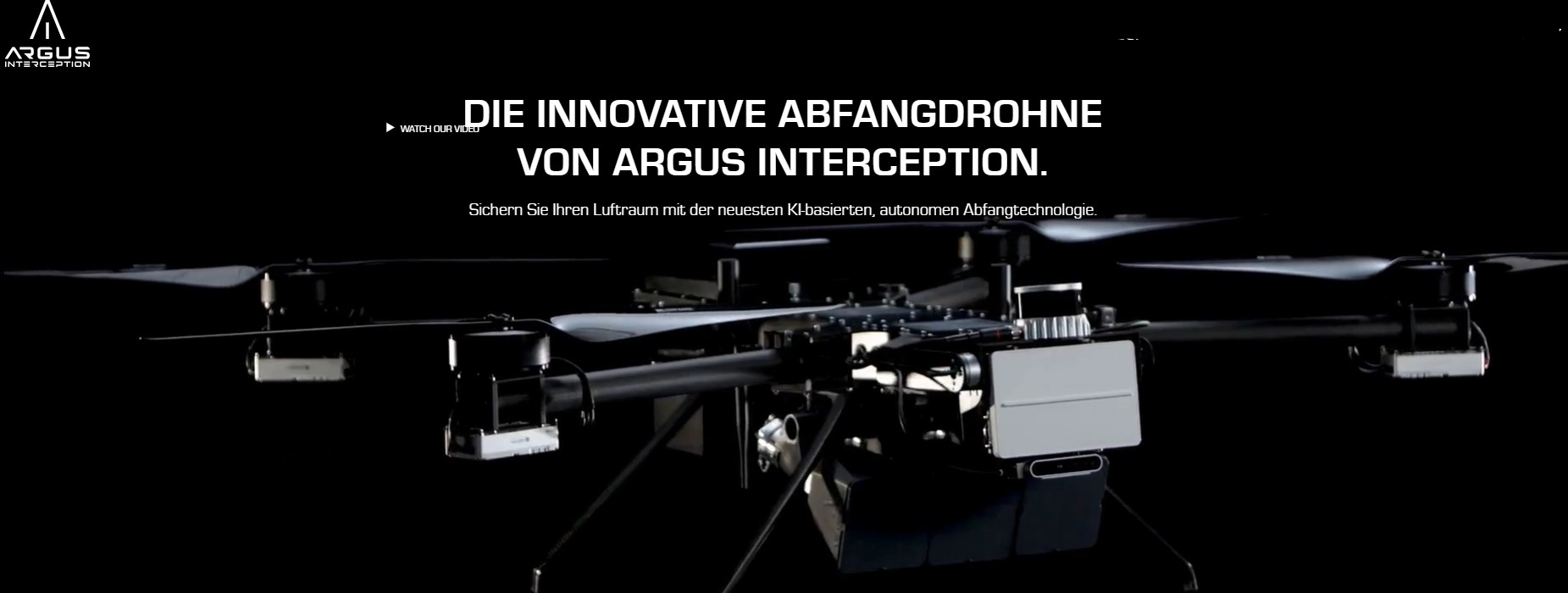Skydweller's solar-powered drone achieves 90-day continuous flight

Skydweller Aero’s solar-powered drone has achieved a remarkable milestone by demonstrating an uninterrupted flight endurance of 90 days, redefining the boundaries of autonomous aviation. The aircraft, based on a heavily modified manned aircraft design, is capable of staying aloft for months at a time without requiring fuel, thanks to its fully integrated photovoltaic system and energy storage technologies. This accomplishment places Skydweller at the forefront of a new class of persistent aerial platforms, with implications across defense, communications, and climate monitoring.
The drone, which resembles a glider with a massive wingspan covered in solar panels, was designed with endurance and resilience in mind. By removing traditional pilot infrastructure and optimizing for weight and efficiency, Skydweller transformed a human-crewed prototype into a completely autonomous system. During its most recent mission, it operated continuously across shifting altitudes and weather systems, collecting data, maintaining communication relays, and proving its ability to function without ground intervention for extended periods.
This breakthrough marks a major leap forward in persistent intelligence, surveillance, and reconnaissance (ISR) capabilities. In an age where satellite access is costly and time-limited, a solar-powered drone that can loiter in the stratosphere for three months offers an agile, re-taskable, and far more affordable alternative. For military and civilian operators alike, such drones can provide continuous coverage of sensitive areas, emergency zones, or remote infrastructure — all without requiring frequent takeoff and landing cycles or refueling logistics.
The 90-day endurance also makes Skydweller a prime candidate for high-altitude pseudo-satellite (HAPS) operations. These airborne platforms function like low-orbit satellites, but with the unique ability to reposition themselves in real time. Telecom companies have shown interest in using HAPS to extend internet connectivity to rural or disaster-struck regions, especially where traditional towers or satellites fail to reach. With the Skydweller, these ambitions now seem increasingly realistic.
Energy efficiency is the cornerstone of the drone’s performance. Its solar array, spanning the full length of the wing, harvests sunlight throughout the day and stores excess energy in onboard batteries to maintain flight through the night. Combined with intelligent flight path optimization and ultra-lightweight materials, the aircraft achieves an elegant balance between power consumption and aerodynamic lift.
The broader significance of Skydweller’s success is its potential to reshape how we think about sustainable aviation. In a world focused on decarbonization and operational autonomy, a platform that requires zero fossil fuel input and no direct human control for months at a time signals a compelling future. Whether used to monitor forest fires, survey oceans, or support military communications in contested zones, the possibilities are vast.
With the 90-day milestone now achieved, the company is preparing to scale both production and operational deployment. Discussions are already underway with defense agencies and commercial partners across Europe and the United States. The age of solar-endurance aviation is no longer theoretical — it has quietly taken off.



